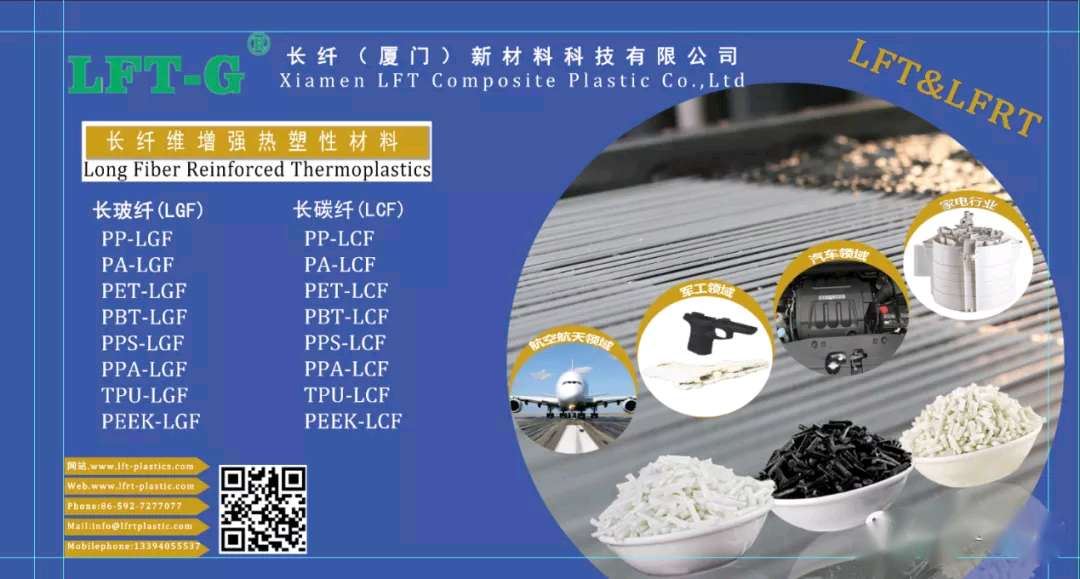nuevo blog
PA6, también conocido como nylon 6, es una partícula blanca lechosa translúcida u opaca, con características termoplásticas, livianas, buena tenacidad, resistencia química y durabilidad, generalmente utilizadas en autopartes, piezas mecánicas, Productos electrónicos y eléctricos, accesorios de ingeniería y otros productos.
Las propiedades químicas y físicas del PA6 son similares a las del PA66; sin embargo, tiene un punto de fusión más bajo y un amplio rango de temperaturas de proceso. Su resistencia al impacto y solubilidad son mejores que las del PA66, pero también es más higroscópico.
Dado que muchas características de calidad de las piezas de plástico se ven afectadas por la higroscopicidad, esto debe considerarse plenamente al diseñar productos que utilicen PA6. Para mejorar las propiedades mecánicas del PA6, a menudo se añaden diversos modificadores. La fibra de vidrio es el aditivo más común y, a veces, se agrega caucho sintético para mejorar la resistencia al impacto.

Plástico PA66Tiene un punto de fusión más alto en materiales de poliamida. Es un material semicristalino - cristalino. PA66 también puede mantener una gran resistencia y rigidez a temperaturas más altas. El plástico PA66 todavía tiene propiedades higroscópicas después del moldeo, cuyo alcance depende principalmente de la composición del material, el espesor de la pared y las condiciones ambientales. En el diseño del producto se debe considerar el efecto de la higroscopicidad sobre la estabilidad geométrica. Para mejorar las propiedades mecánicas del PA66, a menudo se añaden diversos modificadores. El vidrio es el aditivo más común y, a veces, se agrega caucho sintético para mejorar la resistencia al impacto. El plástico PA66 es menos viscoso y, por lo tanto, fluye bien (pero no tan bien como el PA6).
PA66 (poliamida 66 o nailon 66), en comparación con PA6, PA66 se usa más ampliamente en la industria automotriz, carcasas de instrumentos y otros productos que requieren resistencia al impacto y requisitos de alta resistencia.
Ampliamente utilizado en la fabricación de piezas de maquinaria, automóviles, equipos químicos y eléctricos, como engranajes, rodillos, poleas, ejes de rodillos, impulsores del cuerpo de la bomba, aspas del ventilador, sellado de alta presión, asiento de válvula, juntas, casquillos, varias manijas, marcos de soporte. , capa interna del paquete de cables, etc.
La materia prima plástica PA66 es un polímero cristalino opalescente translúcido u opaco, con plasticidad. Densidad 1,15g/cm3. Punto de fusión 252 ℃. Temperatura de fragilidad -30 ℃. La temperatura de descomposición térmica es superior a 350 ℃. Resistencia al calor continua 80-120 ℃, tasa equilibrada de absorción de agua del 2,5 %. Resistente a ácidos, álcalis, la mayoría de las sales inorgánicas acuosas, haluros de alquilo, hidrocarburos, ésteres, cetonas y otras corrosión, pero fácil al fenol, ácido fórmico y otros disolventes polares. Tiene excelente resistencia al desgaste, autolubricidad y alta resistencia mecánica. Pero la absorción de agua es mayor, por lo que la estabilidad dimensional es pobre
PA66 es una variedad de series PA con alta resistencia mecánica y amplia aplicación. Debido a su alta cristalinidad, tiene alta rigidez y resistencia al calor.

Xiamen LFT composite plastic Co., Ltd. es una empresa de marca que se centra en LFT y LFRT. Serie de fibra de vidrio larga (LGF) y serie de fibra de carbono larga (LCF). El termoplástico LFT de la empresa se puede utilizar para moldeo por inyección y extrusión LFT-G, y también para moldeo LFT-D. Se puede producir según los requisitos del cliente: 5 ~ 25 mm de longitud. Los termoplásticos reforzados con infiltración continua de fibra larga de la empresa han pasado la certificación del sistema ISO9001 y 16949, y los productos han obtenido muchas marcas comerciales y patentes nacionales.

Etiquetas :